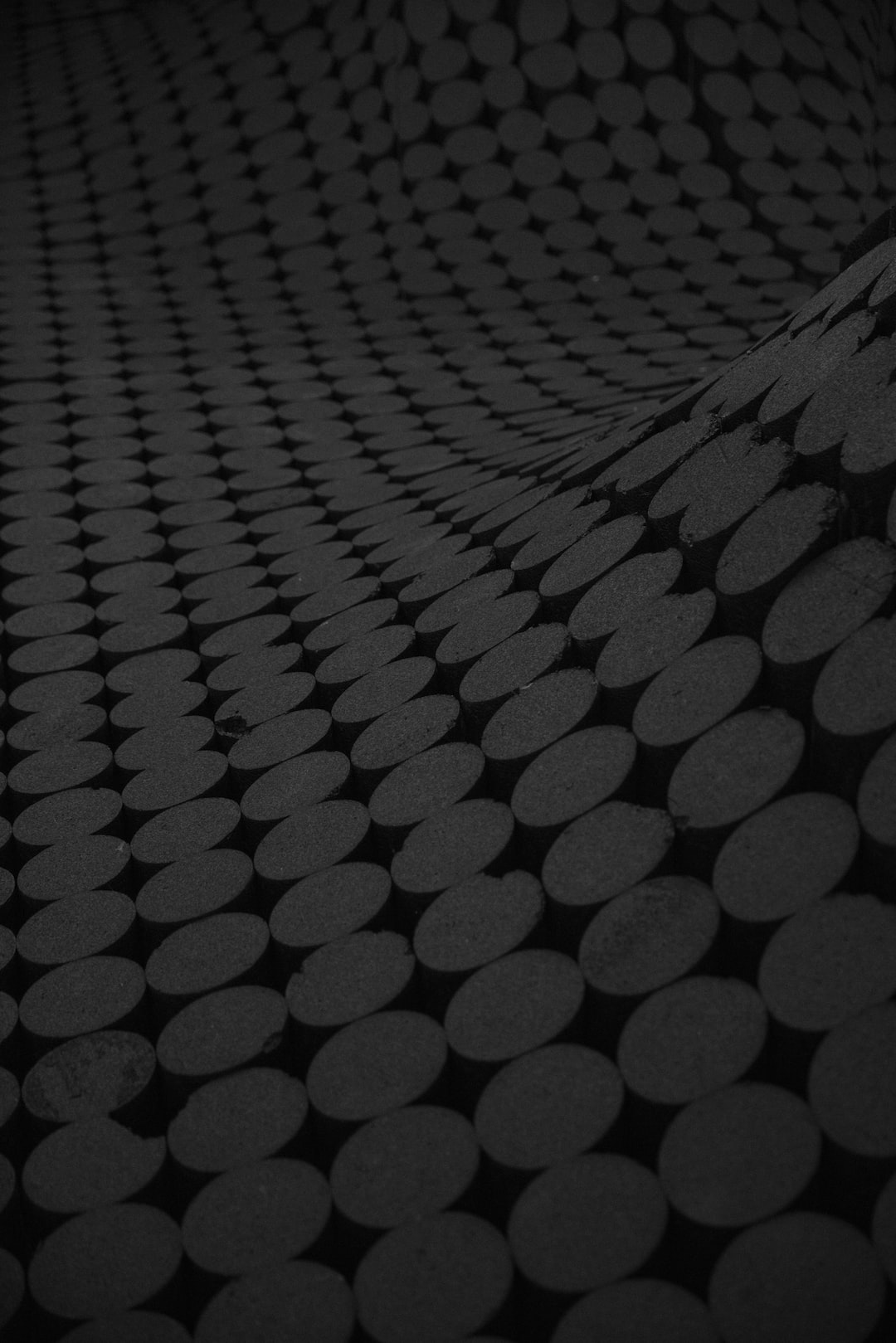The Psychology of Color and Its Influence on Design
Colors have an undeniable impact on our emotions, moods, and behaviors. They can evoke different feelings, associations, and even affect our decision-making process. This phenomenon, known as the psychology of color, has been extensively studied and effectively utilized in various fields, particularly design. Designers strategically employ specific colors to convey messages, create a certain mood or atmosphere, and ultimately influence the psychology of their audience.
The human brain is wired to process visual information swiftly. When we see a color, our brain sends signals that trigger certain emotions and thoughts associated with that color. These associations can be deeply rooted in our cultural background, personal experiences, and even biological factors. Understanding how colors impact our psychology is crucial for designers, as they can harness these effects to craft powerful visual experiences.
Let’s delve deeper into the psychology of different colors and their influences on design:
1. Red: This bold and vibrant color often evokes strong emotions. It is associated with passion, excitement, and energy. Red can be attention-grabbing and has been used to signal warnings or importance. In design, red can be utilized to create a sense of urgency or to make a statement.
2. Blue: As one of the most popular colors, blue has a calming and soothing effect on individuals. It is often associated with tranquility and stability. Blue can be employed in design to create a sense of trust and reliability. It is commonly used by financial institutions, healthcare providers, and social media platforms.
3. Yellow: Yellow is associated with happiness, optimism, and warmth. It can grab attention and create a feeling of joy. In design, yellow is often used to convey positivity and to evoke a sense of playfulness. However, it should be used sparingly, as excessive yellow can strain the eyes and elicit anxiety.
4. Green: Green is closely linked to nature, growth, and harmony. It has a calming effect on individuals and is often associated with freshness and renewal. In design, green is used to represent environmental consciousness, health, and relaxation. It is frequently employed in branding related to organic products, eco-tourism, and wellness.
5. Purple: Historically, purple has been associated with royalty, luxury, and spirituality. It embodies qualities of creativity, wisdom, and individuality. Purple is often used in design to evoke a sense of elegance and sophistication. It can also be used to promote imagination and stimulate creativity.
6. Orange: Orange is a color that exudes energy, enthusiasm, and excitement. It can stimulate appetite and create a sense of urgency. In design, orange is used to grab attention and inspire action. It is commonly utilized by retailers to attract customers and generate impulse buys.
7. Black: Black is a color that represents power, elegance, and sophistication. It can evoke feelings of mystery, formality, and authority. In design, black is often used for luxury brands, as it conveys a sense of exclusivity. It can also be used to create a sleek and modern aesthetic.
8. White: White is associated with purity, simplicity, and cleanliness. It represents a blank canvas with endless possibilities. In design, white is often used to convey a minimalist and modern aesthetic. It can also be used to create a sense of space and clarity. It is commonly employed in healthcare, technology, and lifestyle sectors.
Understanding the psychological effects of color allows designers to strategically select and combine colors to create a desired impact on the target audience. By considering the cultural, emotional, and cognitive influences of different colors, designers can customize their creations to evoke specific emotions and responses.
However, it is crucial to note that individuals may have different associations and responses to colors based on their personal background and experiences. Designers must also consider the context, cultural differences, and individual preferences when applying the psychology of color to their work.
In conclusion, the psychology of color plays a vital role in design, influencing our emotions, moods, and behaviors. Each color carries its own unique associations and effects on individuals. Designers can leverage this knowledge to create impactful visual experiences that speak to their audience’s subconscious. The strategic use of color can evoke specific emotions, convey messages, and ultimately shape how we perceive and interact with the designed world around us.
